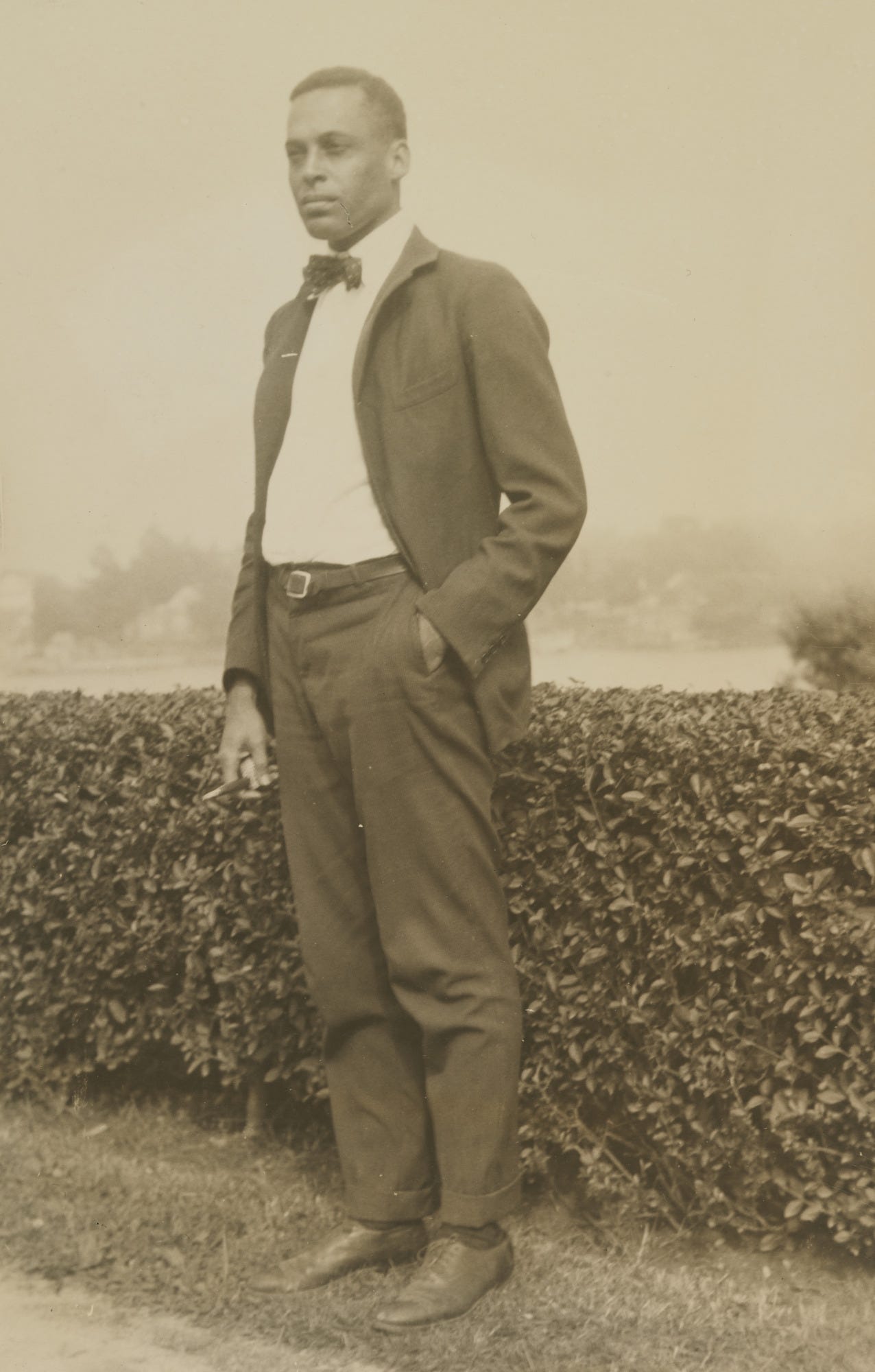The years of his life were often experienced with unkind treatment, as he faced much discrimination for being black. But through the challenges, Ernest Everett Just kept finding opportunities, and in doing so, became an instrumental part of scientific research.
Born in Charleston, South Carolina, in 1883, Ernest was only four years old when his father and grandfather passed away, making his mother financially responsible for Ernest and two younger siblings. His mother, who also experienced the loss of her two eldest children from disease only a couple of years prior to losing her husband, supported the family by teaching during the school year and working in phosphate mines during summertime. And it was also during these years that she dedicated much time to teaching Ernest, as an illness left him needing to relearn reading and writing.
At the start of his teens, his mother enrolled him in school in hopes he would become a teacher. Starting first at a school in South Carolina, his mother then sent him to Kimball Union Academy college prep school in New Hampshire, believing schools in the North could provide her son with a better education. Soon after, on a trip home, Ernest learned his mother had passed away just an hour before his arrival. He returned to school and, through his sorrow, earned top grades in his class while graduating in only three years instead of the typical four.
In 1903, Ernest began the undergraduate program at Dartmouth. He struggled in his coursework at first. But with time, his grades improved, and he discovered a passion for biology. Ernest graduated from Dartmouth as the only Magna Cum Laude recipient of his class and the Valedictorian. However, the tradition of a Valedictorian speech was not honored because of his race.
After Dartmouth, Ernest took a teaching position at Howard University. He then earned a Ph.D. from the University of Chicago. But unable to secure a teaching position from a major university in the U.S., Ernest moved to Europe. Taking a role at a lab in Naples, Italy, Ernest thrived. He appreciated the way research was being conducted, how researchers treated one another, the time they spent together.
In his research, Ernest studied the fertilization process in marine animals, including sea urchins and starfish. He discovered that the process of fertilization involved a complex series of chemical interactions between the egg and sperm, which he called the “fertilization membrane.” He also demonstrated that the egg had a vital role in the fertilization process, challenging the prevailing view that the sperm was the dominant factor in fertilization.
Throughout his career, Earnest would make significant contributions to biological research. He was respected worldwide, known for his brilliance in designing experiments, authoring zoology books, and publishing numerous papers.
He passed away from pancreatic cancer at 58 in 1941.
Sources:
“E.E. Just: Scientific Pioneer, Member of the Class of 1907”, published February 12th, 2021 – The Call to Lead, A campaign for Dartmouth, https://calltolead.dartmouth.edu/stories/ee-just-scientific-pioneer-member-class-1907
Grantham, Shelby. “The Greatest Problem in American Biology.” Dartmouth Alumni Magazine Profile, 1983, https://archive.dartmouthalumnimagazine.com/article/1983/11/01/the-greatest-problem-in-american-biology
National Portrait Gallery, Smithsonian Institution, NPG.96.89, https://npg.si.edu/object/npg_NPG.96.89





Thank you once again for these excellent snapshots.